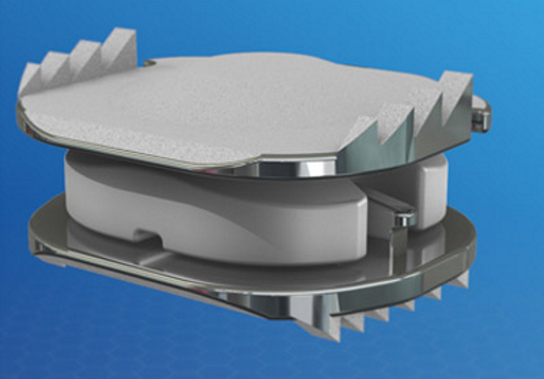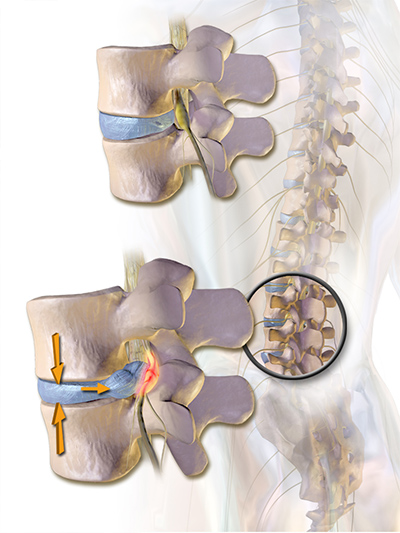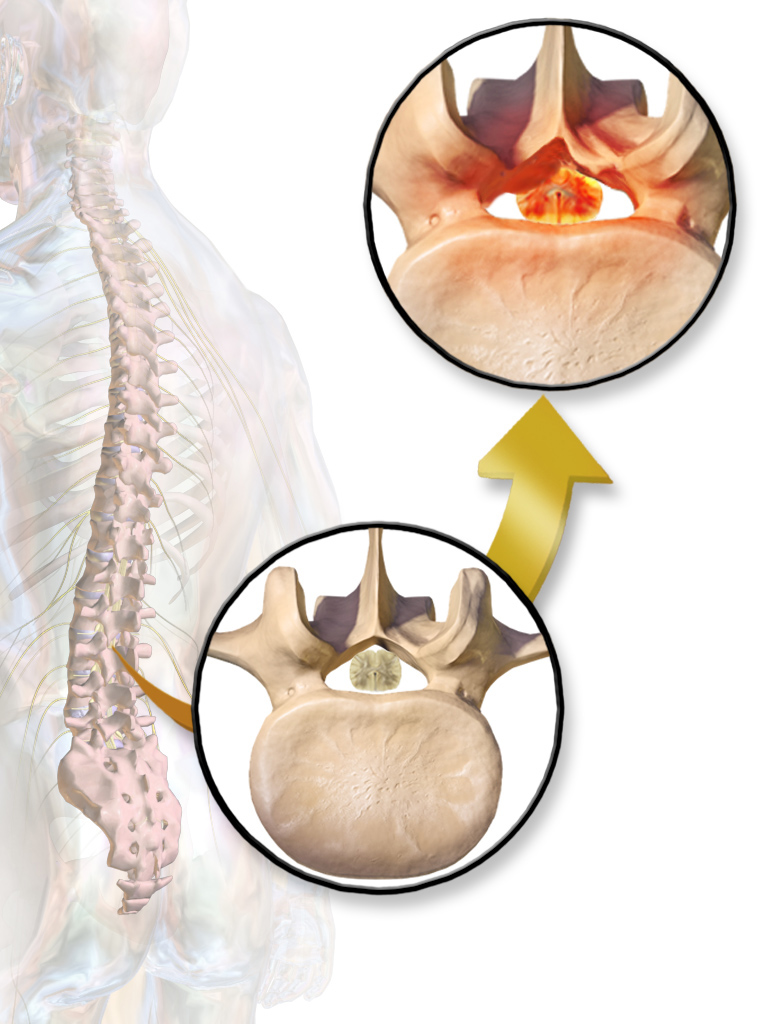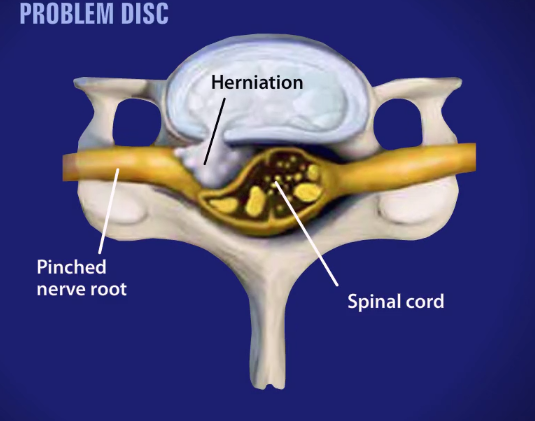Minimally Invasive Lumbar Decompression
Prime Suspect: Spinal Stenosis
The spinal column contains open spaces that create passageways for the spinal cord and the spinal nerves. Spinal stenosis is a narrowing of (or an intrusion into) these openings. This can cause a compression of the nerves. Spinal stenosis most commonly affects the cervical and lumbar regions of the spine.
Symptoms of spinal stenosis can vary depending on the location and severity of the problem. Spinal stenosis can cause pain, weakness, numbness and tingling in the arms and legs. Spinal stenosis in the lower back commonly causes sciatica, a sensation of burning pain that can travel through the buttocks and down the legs. Spinal stenosis can also cause problems with control of the bladder and bowels.
Surgery Overview:Minimally Invasive Lumbar Decompression
The concept of minimally invasive decompression of either one side or both sides through a unilateral (one-sided) approach has been reported for the last 10 to 15 years. The advantage of this minimally invasive approach is that patients have less incisional discomfort and are able to return to many activities more quickly. It can be performed as an outpatient.
Recovery
Generally speaking, early recovery and return to function, especially sedentary or light duty positions, are common. Patients can generally drive within a week to 10 days and return to sedentary types of positions within 2 to 4 weeks. The advantage of this minimally invasive approach is that patients have less incisional discomfort and are able to return to many activities more quickly. It can be performed as an outpatient.





